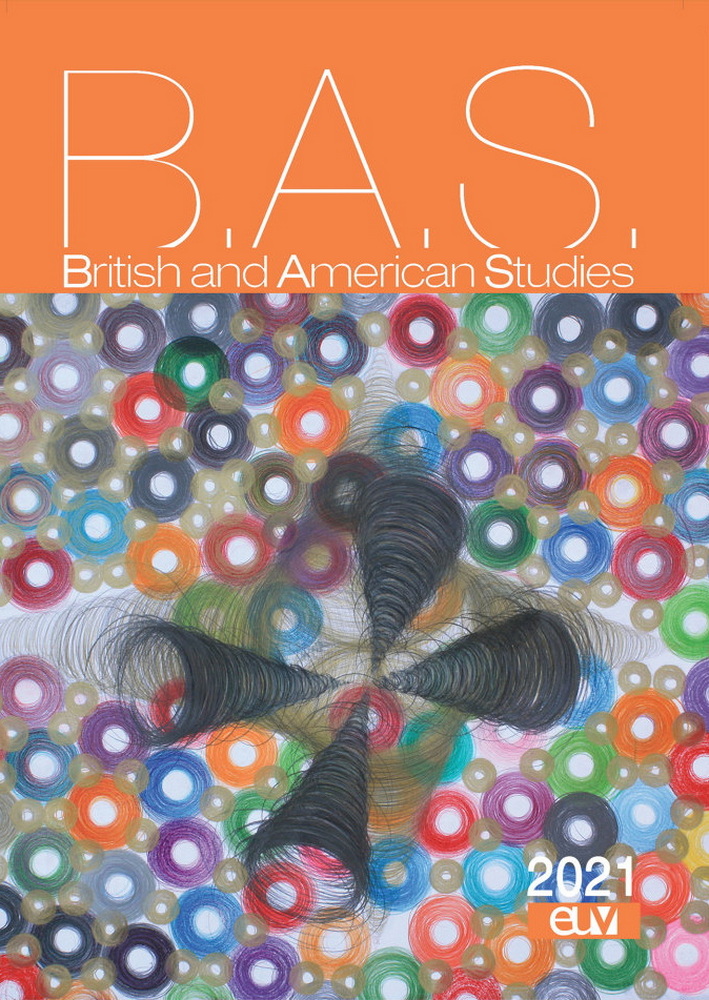AESTHETICISM AND ART NOUVEAU IN OSCAR WILDE’S SALOMÉ
AESTHETICISM AND ART NOUVEAU IN OSCAR WILDE’S SALOMÉ
Author(s): Jovanka KalabaSubject(s): Studies of Literature, 19th Century, Pre-WW I & WW I (1900 -1919), History of Art, Stylistics
Published by: Editura Universităţii de Vest din Timişoara / Diacritic Timisoara
Keywords: aestheticism; Art Nouveau; symbolism; stylistics;
Summary/Abstract: Focusing on Oscar Wilde’s play Salomé, the paper aims to discuss and analyse the literature of the late nineteenth and early twentieth century and its connection to the artistic tendencies of the period. Wilde wrote the play in 1893, at the very start of the period in art known as Art Nouveau, characterized by the extensive use of symbols and sinuous line as means of expression and artistic delving into the realm of the unconscious. The paper takes on Salomé as a paradigm of symbolist and aesthetic literature and examines how the symbols and literary devices in the play create a language that reflects the “new vocabulary” of Art Nouveau, contained, among other places, in Aubrey Beardsley’s illustrations featured in the first English edition of Salomé in 1894.
Journal: B.A.S. British and American Studies
- Issue Year: 27/2021
- Issue No: 27
- Page Range: 147-155
- Page Count: 9
- Language: English

